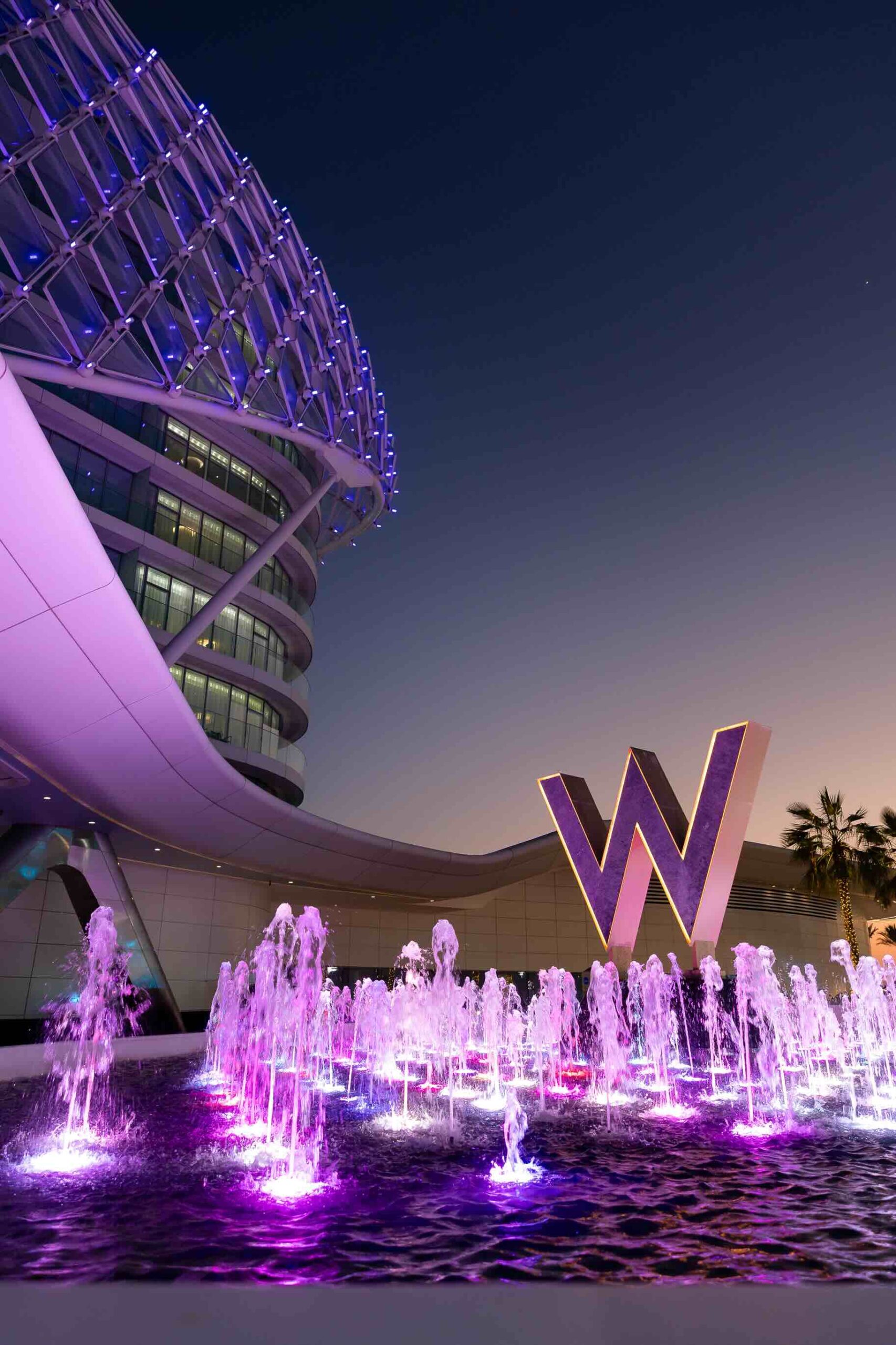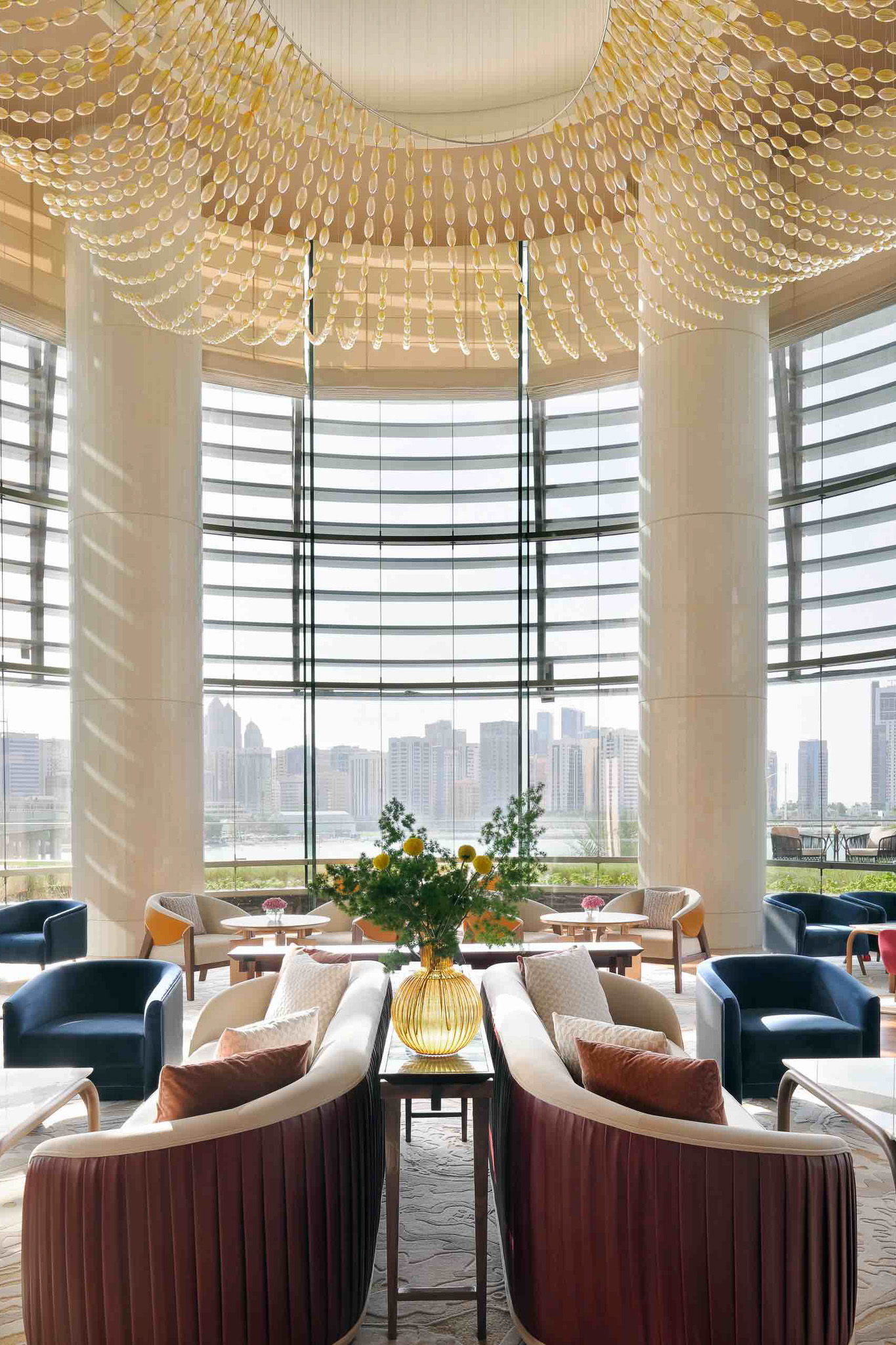- Share
Ruché: Piemonte’s Little Red Secret
How a region resurrected a grape from obscurity, and the five Ruché wine producers to look out for.

The Highs
The Lows
The Highs
The Lows
Ruché’s Origins and Near Disappearance
Tucked among Piemonte’s famed reds like Barolo and Barbaresco lies Ruchè – a fragrant red grape nearly lost to history.
Pronounced “ROO-KAY”, its exact origins are debated. Some claim French monks brought it from Burgundy centuries ago, while modern DNA analysis shows it’s a local crossing of the rustic Croatina and an aromatic white Malvasia variety.
For generations, Ruchè vines grew quietly around the hilltop village of Castagnole Monferrato, often blended into Barbera or made into sweet red wine.
Ruchè had all but vanished by the mid-20th century, with only a few scattered vines remaining.
The future looked bleak.

Montalbera’s winery looking back onto the main town across the vineyard.
Pronounced “ROO-KAY”, its exact origins are debated. Some claim French monks brought it from Burgundy centuries ago, while modern DNA analysis shows it’s a local crossing of the rustic Croatina and an aromatic white Malvasia variety.
For generations, Ruchè vines grew quietly around the hilltop village of Castagnole Monferrato, often blended into Barbera or made into sweet red wine.
Ruchè had all but vanished by the mid-20th century, with only a few scattered vines remaining.
The future looked bleak.

Montalbera’s winery looking back onto the main town across the vineyard.
Ruché: A Priest, a Mayor, and a Rebirth in the 1960s–70s
The rescue of Ruchè reads like local lore. In the late 1960s, a new parish priest, Don Giacomo Cauda, arrived in Castagnole Monferrato.
Hailing from a winemaking family, Don Cauda found neglected rows of Ruchè in the church’s vineyard and sensed the grape’s potential. Cauda wasted no time and got to work propagating cuttings from the old vines and became the first in the area to vinify Ruchè as a dry table wine rather than a sweet rarity.
He bottled these as “Ruchè del Parroco” (the parish priest’s Ruchè) and sold them to fund church restorations. Cauda’s passion invigorated his parishioners, including Castagnole’s progressive mayor, Lidia Bianco, who championed official recognition for Ruchè.
By 1980, a small band of growers had joined Cauda’s cause, replanting Ruchè vines on their farms.

Hailing from a winemaking family, Don Cauda found neglected rows of Ruchè in the church’s vineyard and sensed the grape’s potential. Cauda wasted no time and got to work propagating cuttings from the old vines and became the first in the area to vinify Ruchè as a dry table wine rather than a sweet rarity.
He bottled these as “Ruchè del Parroco” (the parish priest’s Ruchè) and sold them to fund church restorations. Cauda’s passion invigorated his parishioners, including Castagnole’s progressive mayor, Lidia Bianco, who championed official recognition for Ruchè.
By 1980, a small band of growers had joined Cauda’s cause, replanting Ruchè vines on their farms.

As the locals say, if you’re handed a glass of Ruchè here, you know you’ve been welcomed as a friend.
Ruchè's DOC to the rescue: The Ruchè Renaissance
Ruchè di Castagnole Monferrato earned official DOC status in 1987, a milestone that validated the grape’s worth and protected its production area across seven Monferrato villages.
One who helped achieve the required plantings was Giuseppe Cavallero. His family later founded Cantine Sant’Agata to honour Cauda’s legacy (see below). He replaced a hectare of Barbera with Ruchè vines in 1981. From near-extinction, Ruchè was reborn in the span of a generation.
Once Ruchè gained DOC recognition, a new wave of vintners embraced this “Red Prince of Monferrato”. Their very first bottling was named ‘Na Vota – local Piemontesi dialect for “once upon a time”.
Today, the appellation remains boutique with only about 100 hectares yielding roughly 1 million bottles annually. Castagnole Monferrato and neighbouring towns (Scurzolengo, Grana, Montemagno, Portacomaro, Refrancore and Viarigi) are recognised as a UNESCO heritage viticultural landscape, drawing curious wine travellers to this once-quiet corner of Piemonte. Driving through Monferrato, you might even see a sign at Castagnole’s entrance proclaiming, “If someone hands you a glass of Ruchè here, it means they like you.”
I never heard of Ruché until this current visit to Montemagno where we stayed in an Airbnb rental with an uninterrupted view of the Montalbera vineyard (see below).
What struck me is Ruché’s aromatic charm and versatility. An ‘entry-level’ Ruché is comparable to Grignolino in its lightness, but far more aromatic. Now I much prefer the few Ruchés I sampled to the Grignolinos I have tried to date.
Unlike the stern tannins and acidity of Nebbiolo-based wines, Ruchè offers a softer, perfumed profile. It pours a ruby hue and fills the glass with scents of crushed rose petals, violets, dried herbs and a spicy kick of white pepper.
On the palate it’s light to medium-bodied with moderate-to-high acidity, flavours of red fruit (raspberry, cranberry, pomegranate) and sweet spices, offering enough complexity to make Ruché a reliable accompaniment to Piemontesi dishes. It was recommended to us as a pairing with spicy Asian cuisine.

Tenuta Montemagno’s Ruche Nobilis.
One who helped achieve the required plantings was Giuseppe Cavallero. His family later founded Cantine Sant’Agata to honour Cauda’s legacy (see below). He replaced a hectare of Barbera with Ruchè vines in 1981. From near-extinction, Ruchè was reborn in the span of a generation.
Once Ruchè gained DOC recognition, a new wave of vintners embraced this “Red Prince of Monferrato”. Their very first bottling was named ‘Na Vota – local Piemontesi dialect for “once upon a time”.
Ruchè Today
Today, the appellation remains boutique with only about 100 hectares yielding roughly 1 million bottles annually. Castagnole Monferrato and neighbouring towns (Scurzolengo, Grana, Montemagno, Portacomaro, Refrancore and Viarigi) are recognised as a UNESCO heritage viticultural landscape, drawing curious wine travellers to this once-quiet corner of Piemonte. Driving through Monferrato, you might even see a sign at Castagnole’s entrance proclaiming, “If someone hands you a glass of Ruchè here, it means they like you.”
Ruchè’s Tasting Profile
I never heard of Ruché until this current visit to Montemagno where we stayed in an Airbnb rental with an uninterrupted view of the Montalbera vineyard (see below).
What struck me is Ruché’s aromatic charm and versatility. An ‘entry-level’ Ruché is comparable to Grignolino in its lightness, but far more aromatic. Now I much prefer the few Ruchés I sampled to the Grignolinos I have tried to date.
Unlike the stern tannins and acidity of Nebbiolo-based wines, Ruchè offers a softer, perfumed profile. It pours a ruby hue and fills the glass with scents of crushed rose petals, violets, dried herbs and a spicy kick of white pepper.
On the palate it’s light to medium-bodied with moderate-to-high acidity, flavours of red fruit (raspberry, cranberry, pomegranate) and sweet spices, offering enough complexity to make Ruché a reliable accompaniment to Piemontesi dishes. It was recommended to us as a pairing with spicy Asian cuisine.

Tenuta Montemagno’s Ruche Nobilis.
Notable Ruchè Producers
While still a niche wine, Ruchè’s revival owes much to a tight-knit group of local producers. Here are five wineries known for excellent Ruchè from under-the-radar family estates to a flagship name.

Montemagno’s Ruche wineries and vines.
Often dubbed “Mr. Ruchè,” Luca Ferraris leads the largest family-run Ruchè estate in the region. He cultivates 25+ hectares around Castagnole, including the original Vigna del Parroco vineyard once tended by Don Cauda. Notable bottles: Opera Prima Ruchè di Castagnole Monferrato Riserva, their flagship aged in oak (approx €29 a bottle) and their fresh and floral Clàsic Ruchè (about €15-18).

Agricola Ferraris Ruchè Riserva
A historic winery in the hamlet of Scurzolengo, run by the Cavallero family since the early 20th century. Patriarch Franco Cavallero was an early champion of the grape, founding Sant’Agata in 1990 to focus on Ruchè. Their Ruchè helped put the DOC on the map. Notable bottles: ’Na Vota (Piedmontese for “once upon a time”) is a bright, fruit-forward Ruchè with herbal notes. Gambero Rosso rates the 2022 vintage as one of the best under €20. Also, their Pro Nobis and Genesi Ruchè riservas, experimenting with techniques like partial drying of grapes for extra richness.
One of the most prominent Ruchè producers, Montalbera is an estate straddling multiple villages (including Castagnole Monferrato) that has made Ruchè its calling card. In fact, the Morando family owns over half of all Ruchè vineyards in the denomination. Notable bottles: Ruchè di Castagnole Monferrato Laccento, a lush, late-harvest style Ruchè that often earns Gambero Rosso’s Tre Bicchieri award (about €20 a bottle), La Tradizione, a crisper, leaner, classic Ruchè and Il Fondatore, a barrique-aged riserva.

Montalbera’s fermentation room where they make Ruchè among other wines.
Part winery, part luxury relais, Tenuta Montemagno sits amid rolling vine-covered hills near the village of Montemagno. Its idyllic setting inside of a a beautifully-restored estate makes it perfect for date nights and dinners. Notable bottles: Nobilis Ruchè di Castagnole Monferrato: an elegant, velvety style Ruché (about €19 a bottle) or their Invictus, which is a bolder reserve selection.

Tenuta Montemagno’s beautifully restored property and their al fresco terrace.
Their small winery, founded in the early 1900s, is now run by fourth-generation winemaker Fabrizia Caldera with her husband and son. Notable bottles: “Prevost” Ruchè di Castagnole Monferrato earned the coveted Tre Bicchieri award in 2022 (around €15-18 a bottle).
Written by Liam Collens // Read more reviews here. Liam is a restaurant critic, food and travel writer based in the Middle East. He owns EatGoSee and contributes to other publications. You can find Liam on Substack, Threads, Instagram, BlueSky or Facebook.

Montemagno’s Ruche wineries and vines.
Ferraris Agricola (Luca Ferraris).
Often dubbed “Mr. Ruchè,” Luca Ferraris leads the largest family-run Ruchè estate in the region. He cultivates 25+ hectares around Castagnole, including the original Vigna del Parroco vineyard once tended by Don Cauda. Notable bottles: Opera Prima Ruchè di Castagnole Monferrato Riserva, their flagship aged in oak (approx €29 a bottle) and their fresh and floral Clàsic Ruchè (about €15-18).

Agricola Ferraris Ruchè Riserva
Cantine Sant’Agata (Cavallero Family)
A historic winery in the hamlet of Scurzolengo, run by the Cavallero family since the early 20th century. Patriarch Franco Cavallero was an early champion of the grape, founding Sant’Agata in 1990 to focus on Ruchè. Their Ruchè helped put the DOC on the map. Notable bottles: ’Na Vota (Piedmontese for “once upon a time”) is a bright, fruit-forward Ruchè with herbal notes. Gambero Rosso rates the 2022 vintage as one of the best under €20. Also, their Pro Nobis and Genesi Ruchè riservas, experimenting with techniques like partial drying of grapes for extra richness.
Montalbera (Morando Family)
One of the most prominent Ruchè producers, Montalbera is an estate straddling multiple villages (including Castagnole Monferrato) that has made Ruchè its calling card. In fact, the Morando family owns over half of all Ruchè vineyards in the denomination. Notable bottles: Ruchè di Castagnole Monferrato Laccento, a lush, late-harvest style Ruchè that often earns Gambero Rosso’s Tre Bicchieri award (about €20 a bottle), La Tradizione, a crisper, leaner, classic Ruchè and Il Fondatore, a barrique-aged riserva.

Montalbera’s fermentation room where they make Ruchè among other wines.
Tenuta Montemagno
Part winery, part luxury relais, Tenuta Montemagno sits amid rolling vine-covered hills near the village of Montemagno. Its idyllic setting inside of a a beautifully-restored estate makes it perfect for date nights and dinners. Notable bottles: Nobilis Ruchè di Castagnole Monferrato: an elegant, velvety style Ruché (about €19 a bottle) or their Invictus, which is a bolder reserve selection.

Tenuta Montemagno’s beautifully restored property and their al fresco terrace.
Azienda Agricola Caldera (Fabrizia Caldera)
Their small winery, founded in the early 1900s, is now run by fourth-generation winemaker Fabrizia Caldera with her husband and son. Notable bottles: “Prevost” Ruchè di Castagnole Monferrato earned the coveted Tre Bicchieri award in 2022 (around €15-18 a bottle).
Written by Liam Collens // Read more reviews here. Liam is a restaurant critic, food and travel writer based in the Middle East. He owns EatGoSee and contributes to other publications. You can find Liam on Substack, Threads, Instagram, BlueSky or Facebook.
You May Also Like
Loading...
- Arabic Restaurants, Cheap Eats, Egypt, Go

















